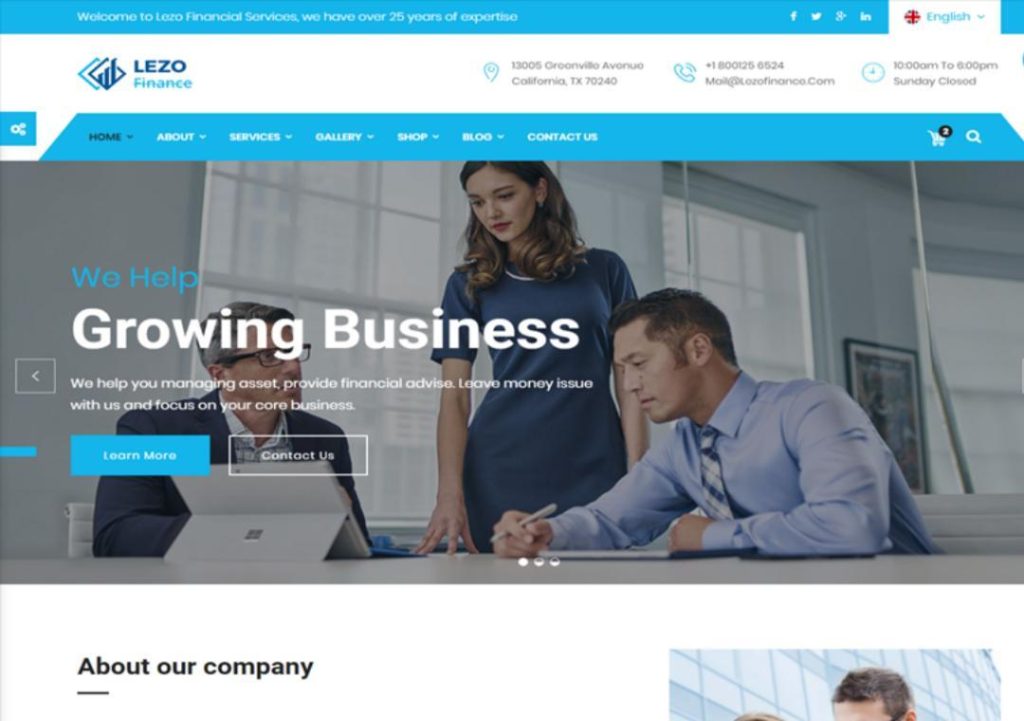
From Blank Page to Business Website: What Really Happens?
Building a website is a crucial step for any business, but it’s often misunderstood as a simple process of designing and coding. In reality, creating a successful website involves a structured 7-stage lifecycle that requires careful planning, execution, and ongoing maintenance. Each phase is essential to ensure your website functions perfectly, drives long-term business impact, and ultimately helps you achieve your goals.
In this blog post, we’ll take you through the journey of building a website, from the initial requirements gathering stage to ongoing maintenance. We’ll debunk common myths and misconceptions, and provide valuable insights into what really happens behind the scenes.
Stage 1: Requirements Gathering
The first stage of building a website is requirements gathering. This involves identifying the needs and goals of your business, as well as understanding your target audience and their needs. It’s a crucial step, as it sets the foundation for the entire website development process.
During this stage, your web design and development team will work closely with you to gather information about your business, industry, and competitors. They’ll ask questions about your goals, target audience, and the features you want to include on your website.
The output of this stage is a clear understanding of your business requirements and a set of specific goals for your website. This information will be used to inform the design and development process, ensuring that your website meets your needs and exceeds your expectations.
Stage 2: Planning
Once the requirements gathering stage is complete, it’s time to plan the website development process. This stage involves creating a detailed project plan, setting milestones and deadlines, and establishing a budget.
Your web design and development team will use the information gathered during the requirements gathering stage to create a comprehensive plan for your website. This plan will outline the scope of work, timelines, and resources required to complete the project.
The output of this stage is a clear and concise plan that outlines the entire website development process. This plan will serve as a guide throughout the project, ensuring that all parties involved are on the same page.
Stage 3: UX/UI Design
After the planning stage is complete, it’s time to start designing the user experience (UX) and user interface (UI) of your website. This stage involves creating wireframes, prototypes, and high-fidelity designs that showcase the look and feel of your website.
Your web design and development team will use design tools such as Sketch, Figma, or Adobe XD to create a visually appealing and user-friendly design. They’ll also ensure that the design is responsive, meaning it adapts to different screen sizes and devices.
The output of this stage is a set of design files that can be used as a guide for the development process. These files will ensure that your website looks and feels the way you envisioned it.
Stage 4: Prototyping
Once the UX/UI design stage is complete, it’s time to create a prototype of your website. This stage involves building a functional version of your website, using the design files as a guide.
Your web design and development team will use programming languages such as HTML, CSS, and JavaScript to build a prototype of your website. They’ll also use frameworks and libraries to speed up the development process.
The output of this stage is a functional prototype of your website. This prototype will be used to test and refine the website before it’s deployed to the public.
Stage 5: Development
After the prototyping stage is complete, it’s time to start building the final version of your website. This stage involves using the design files and prototype as a guide to build a fully functional website.
Your web design and development team will use a range of programming languages, frameworks, and libraries to build your website. They’ll also ensure that the website is scalable, secure, and meets all relevant accessibility standards.
The output of this stage is a fully functional website that meets your requirements and exceeds your expectations.
Stage 6: Testing
Once the development stage is complete, it’s time to test your website. This stage involves identifying and fixing any bugs, errors, or issues that may affect the performance and functionality of your website.
Your web design and development team will use a range of testing tools and techniques to identify and fix any issues. They’ll also conduct usability testing to ensure that the website is easy to use and meets the needs of your target audience.
The output of this stage is a website that is free from bugs and errors, and meets all relevant accessibility and usability standards.
Stage 7: Deployment and Ongoing Maintenance
After the testing stage is complete, it’s time to deploy your website to the public. This stage involves uploading the website to a web server, configuring the server, and ensuring that the website is secure and accessible.
Your web design and development team will also provide ongoing maintenance and support to ensure that your website remains secure, up-to-date, and performing well. This may involve updating the website’s content, fixing bugs and errors, and implementing new features and functionality.
The output of this stage is a website that is fully deployed and ready for use, with ongoing maintenance and support to ensure it continues to meet your needs and goals.
Conclusion
Building a website is a complex and structured process that involves multiple stages and phases. From requirements gathering to ongoing maintenance, each stage is essential to ensuring that your website functions perfectly and drives long-term business impact.
By understanding what really happens behind the scenes, you can better appreciate the importance of working with a experienced web design and development team. With their expertise and guidance, you can create a website that meets your needs, exceeds your expectations, and helps you achieve your goals.
Source:
https://www.growthjockey.com/blogs/web-design-and-development-life-cycle-stages






